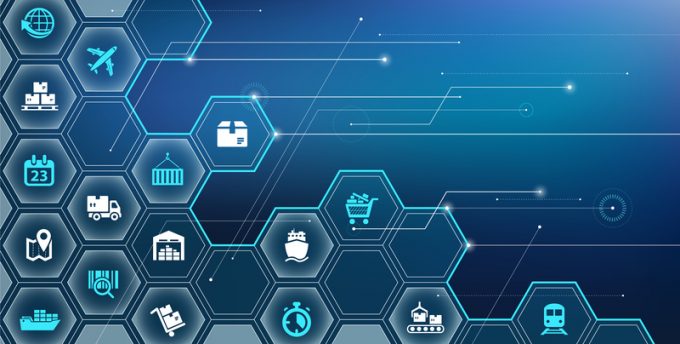Jobs in the supply chain brings satisfaction, cash and opportunities, says report
Life is good in supply chain jobs. The seventh annual Supply Chain Salary & Career ...

Supply chain executives regard resilience as their top priority for the coming year, according to the Association for Supply Chain Management (ASCM).
Resilience came top of the organisation’s annual list of trends this year, well ahead of flexible shipping, fulfilment options and the proactive use of digital supply chains, noted Peter Bolstorff, executive vice-president corporate development.
Every year the ASCM polls the members of its innovation & strategy committee and 114 corporate advisers to compile a list of sub-trends, which are then ...
Transpacific sees first major MSC blanks as rates fall and volumes falter
'It’s healthy competition' Maersk tells forwarders bidding for same business
Opposition builds for final hearing on US plan to tax Chinese box ship calls
White House confirms automotive tariffs – 'a disaster for the industry'
New price hikes may slow ocean spot rate slide – but for how long?
Shippers snap up airfreight capacity to US ahead of tariff deadline
Supply chain delays expected after earthquake hits Myanmar
Tighter EU import requirements proving 'a challenge' for forwarders

Comment on this article